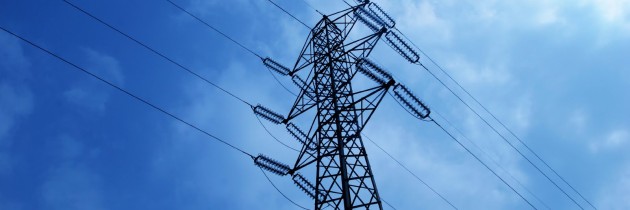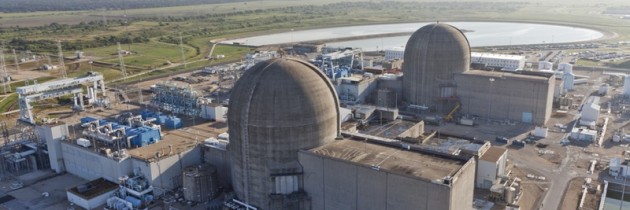EU Energy Crisis
Europe is beset by rising energy prices, driven by the increasing competitiveness of shale production in the US, political commitments to lower emissions and an over-reliance on Russia in the wake of unrest in the Middle East and North Africa. Britain’s Big Six, the six dominant energy companies, face accusations of overcharging, but they in turn claim that prohibitive emissions targets and governmental “green levies” are to blame for the price increase. While the US is benefiting from a shale gas boom that is predicted to give it an edge over both the EU and China for the next two decades, fracking is struggling to take off in Europe due to high costs, geological difficulties and public ambivalence to the environmentally destructive production methods. European politicians are considering abandoning the 2030 renewable energy targets in light of these high costs.
Read More






